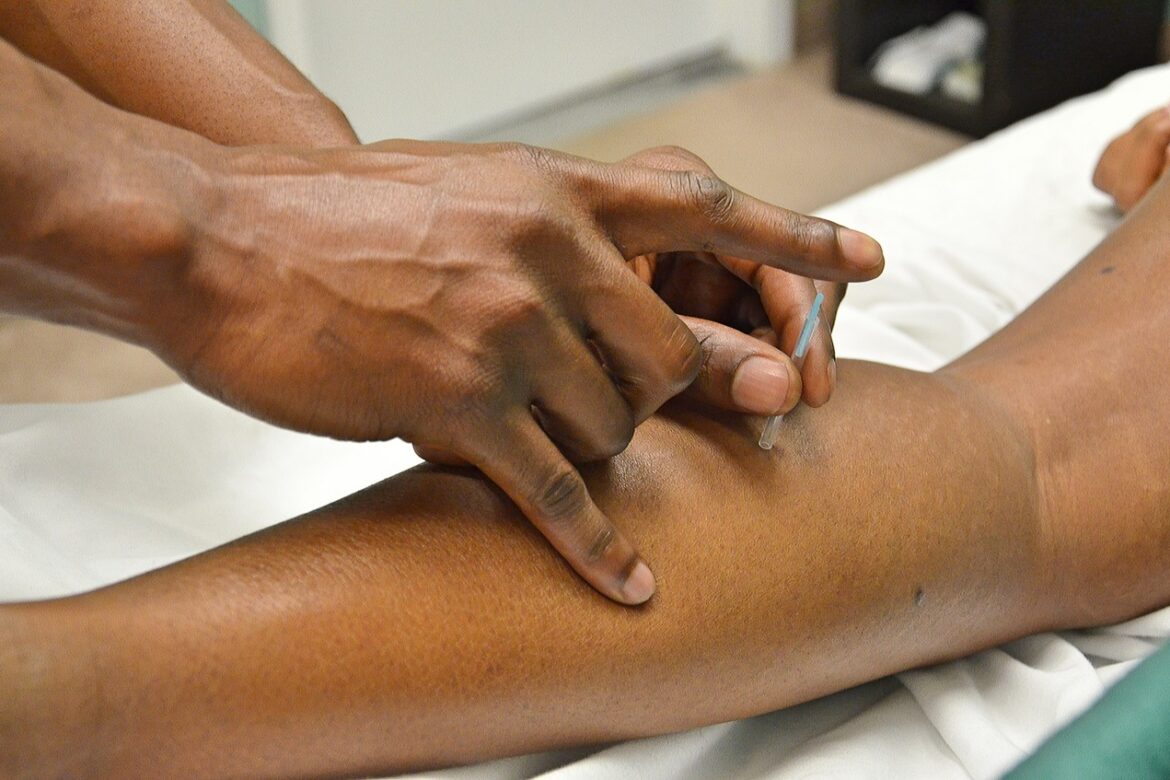The Difference Between Dry Needling and Acupuncture
Dry needling is a technique often used by professionals including but not limited to physical therapists, occupational therapists, physicians, and chiropractors. A question that comes up frequently is the similarities and differences between dry needling and acupuncture. There are only a few similarities between the two. First, they both use the same small needles, which can barely be felt when inserted. Second, both techniques involve inserting needles into specific points or parts of the body. There are far more differences than similarities between acupuncture and dry needling. Let’s examine dry needling vs. acupuncture: what’s the difference?
History of Dry Needling
Here is a little history behind the techniques. Acupuncture is a technique that originated in China over 2000 years ago and has been used increasingly in western medicine since the 1970s. Acupuncture works by inserting needles into the body’s meridian lines and working to manipulate the Qi (energy flow) of the body. Proper energy flow is restored throughout the body depending on where the needles are placed. The needles are left in place for around 15 to 30 minutes. A licensed acupuncturist performs these techniques.
Alternatively, dry needling, a western medicine-based technique has been used increasingly since the 1980s. The goals of dry needling include a reduction in both local and referred pain, and improvement in both mobility and function. Dry needling targets trigger points or taut bands of skeletal muscle. This is done directly through the insertion of a thin needle into a muscle’s trigger point. This elicits a twitch response. The twitch response causes the release of the trigger point. Releasing the trigger point reduces pain and irritation in the targeted muscle and the system as a whole.
Dry needling can be used for many ailments including, but certainly not limited to, headaches, fibromyalgia, tennis elbow, sciatica, and plantar fasciitis. The location of the needling depends on your symptoms and where the practitioner finds those trigger points. Needles target the trigger points and are left in for 10-15 seconds. Multiple muscles and trigger points can be accessed at a session. Soreness may occur at the insertion site but should dissipate within a few hours.
Outcomes of Dry Needling
Although both dry needling and acupuncture help reduce muscle pain, tightness, and soreness, the techniques are vastly different. There is positive research for both acupuncture and dry needling, and at times the choice of which technique to use can come down to a matter of preference. Dry needling, although a newer technique when compared to acupuncture, has been shown to have tremendous results and has often aided both the speed of recovery and degree.
Dry needling has given us another method of treating both acute and chronic issues in the clinic. The use of the small acupuncture size needles causes very little pain associated with the technique. Most of what people feel when receiving dry needling is the twitch or spasm of the muscle being needled. Many people have tried other treatments which have not changed their symptoms. We have found dry needling, in conjunction with, our other hands-on, manual techniques lead to great success in both acute and chronic conditions.
If you have further questions regarding these techniques or which may be the best for you, contact one of our skilled dry needling specialists.


Do you need o doctor’s prescription for the needling?
Have you had success treating and healing achilles tendinitis?
Vinnie,
Many of our therapists use dry needling to help treat Achilles tendinitis, with great success!
Do You accept Medicare?
Yes, we do accept Medicare